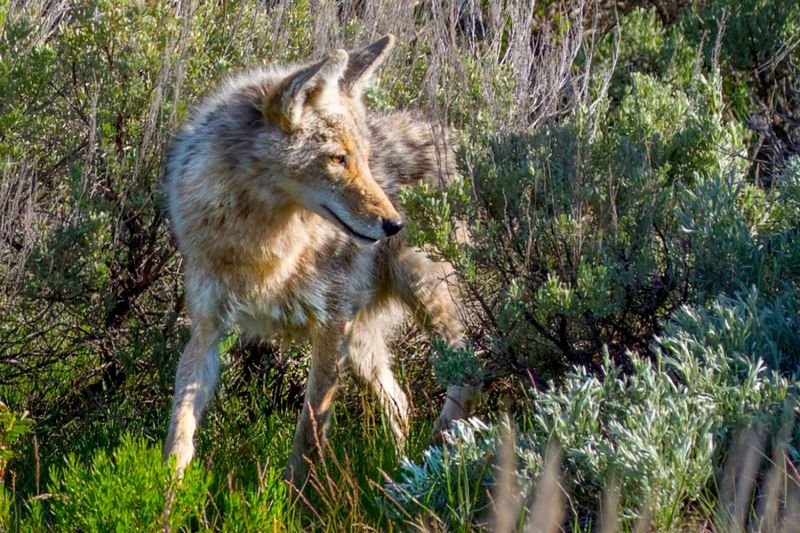One-stop shopping for wildlife questions
February 26, 2019

This is the third in a series of three blogs showcasing how our Wild Neighbors partners have implemented one of the criteria of our Wild Neighbors pledge.
It may seem like a simple question, but the issue of who is responsible for the wildlife in the City of Austin, Texas, can be confusing. Are these creatures the responsibility of the parks department or a combination of the departments with land management responsibilities? What happens when wild animals don’t stay in our parks and greenspaces? Should someone call a community nonprofit? The police department? A state agency?
Who can Austin’s residents look to for guidance in resolving issues with foxes denning under decks, coyotes walking down neighborhood streets or that raccoon in the backyard who might have rabies?
Since 2015, our team at the Austin Animal Center has been supplying that assistance and consistent voice—a practice that began in response to concerns over coyote management. And since January 2018, we have done the same for residents of the surrounding Travis County.
From an operational perspective, not too much had to change. Our office was already reviewing reports of coyote activity for potential rabies exposures and responding to reports of injured and sick wildlife. So, in some ways, we already were responding to these types of calls.
And because we already had the infrastructure and necessary staff in place, we saved the city money, without compromising public safety, by allowing the city to forgo an interlocal agreement with an external group whose approach to conflict management relied on trapping and killing nuisance animals.
We already have animal protection officers who focus on handling particular types of calls (like resolving tethering and neglect cases and investigating serious bites), so we extended a similar philosophy to handling wildlife complaints, designating a position to respond to the majority of wildlife calls. All officers are expected to be able to provide a basic response, but our wildlife officer conducts yard audits, delivers plans for coyote rollers, attends community meetings and plans coyote hazing activities, among other responsibilities.
Also, because we’re a Wild Neighbors partner with the Humane Society of the United States, it’s easy to access the resources to train our officers in humane wildlife conflict mitigation.
The impact on the community has been huge. In addition to offering educational opportunities, outreach and resources so the public can learn to coexist safely with wildlife, we’re able to work with other city departments to ensure consistent messaging around wildlife issues. We’ve even produced an online training for our police department on how to haze!
Since 2011, Austin Animal Center has consistently achieved lifesaving outcomes for the vast majority of the approximately 17,000 cats and dogs (and rabbits, roosters, chickens, peacocks, etc.) who come through our doors annually. And we help thousands of other pets and injured wildlife through our engagement-based animal control program.
We achieve all of this through community engagement, positioning ourselves as partners with the community to work together to solve problems, connecting residents with resources and information, and applying best practices—the same principles that help residents successfully and humanely mitigate wildlife conflicts.
What does animal sheltering have to do with wildlife management? Quite a lot. Our mission statement calls for us to assist the public with animal-related concerns while protecting both citizens and animals and promoting humane, compassionate treatment of animals.
Right there, we make it clear that our purpose is to protect animals and empower people to resolve conflicts. We also emphasize that we value all life in our community and are committed to helping others do the same.
Viewed through that lens, it’s hardly a stretch to extend that ethic from companion animals to wildlife.
Part of our mission is to position animal shelters as community leaders in promoting animal welfare. That gives us a natural platform for these conversations and, arguably, a responsibility to have them regardless of whether the animals in question share our homes.


